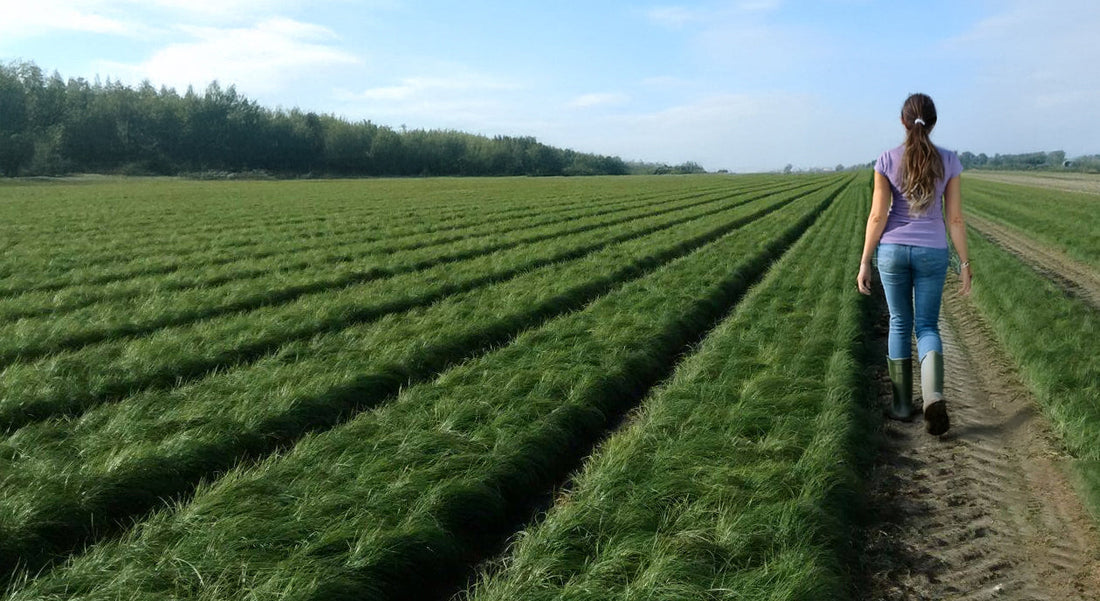
Maximizing saffron bulb reproduction
Share
Saffron, the world’s most precious spice, originates from the Crocus sativus flower, which grows from specialized bulbs called corms. Unlike other Crocus species that reproduce via seeds, Crocus Sativus multiplies through daughter corms. This unique reproductive cycle makes saffron cultivation a long-term investment, as each year, your yield of flowers—and saffron threads—can increase significantly.
Understanding reproduction cycle
During the growing season in spring, the mother bulb of Crocus sativus produces smaller daughter corms around it. By the end of the season, the mother bulb is fully consumed, leaving behind multiple daughter corms. The remarkable aspect of this process is that each daughter corm will produce new flowers the following fall, enhancing saffron production over time.
For professional saffron growers, the long-term sustainability of their crop depends on maximizing the reproduction capacity of these bulbs. However, not all bulbs perform equally well, and understanding how to optimize their reproduction is crucial.
Choosing high-quality saffron bulbs
The foundation of successful saffron cultivation starts with selecting high-quality Crocus sativus bulbs. Here’s what you need to consider:
Source reliability: Purchase bulbs from a trusted supplier. Many growers sell their bulbs after a five-year replanting cycle when they are already exhausted from saffron production. These bulbs often yield poor reproduction results.
Fresh, unused bulbs: Bulbs that have not been previously used for saffron production and are grown in yearly rotated locations have shown significantly higher reproduction potential.
Bulb size matters: The best reproduction results have been observed with bulbs that are 10+ cm in circumference. This size is rare but offers superior performance in both flowering and corm multiplication.
Optimizing growing conditions
To ensure maximum reproduction, follow these essential cultivation practices:
Watering in Spring: Since reproduction occurs in spring, providing adequate moisture during this period is critical. Hydration supports the development of daughter corms.
Warm, dry Summers: Once the reproduction process is complete, Crocus Sativus prefers warm and dry summer conditions. Avoid excessive irrigation during this period to prevent bulb rot.
Crop rotation: Growing saffron bulbs in a new location each year helps maintain soil health and prevents depletion of essential nutrients.
Impressive reproduction results
With optimal conditions, saffron bulbs can multiply at an extraordinary rate. Some growers have recorded up to 24 flowers from a single bulb in peak years! This means that by ensuring the right growing environment and selecting top-quality bulbs, you can exponentially increase your saffron yield year after year.
The takeaway
Maximizing the reproduction of Crocus sativus bulbs is key to a sustainable and profitable saffron harvest. By selecting fresh, high-quality bulbs, ensuring proper spring watering, and providing ideal summer conditions, you can significantly boost the number of flowers—and saffron threads—you produce each season.
Invest wisely in your saffron bulbs, and watch your harvest flourish!
